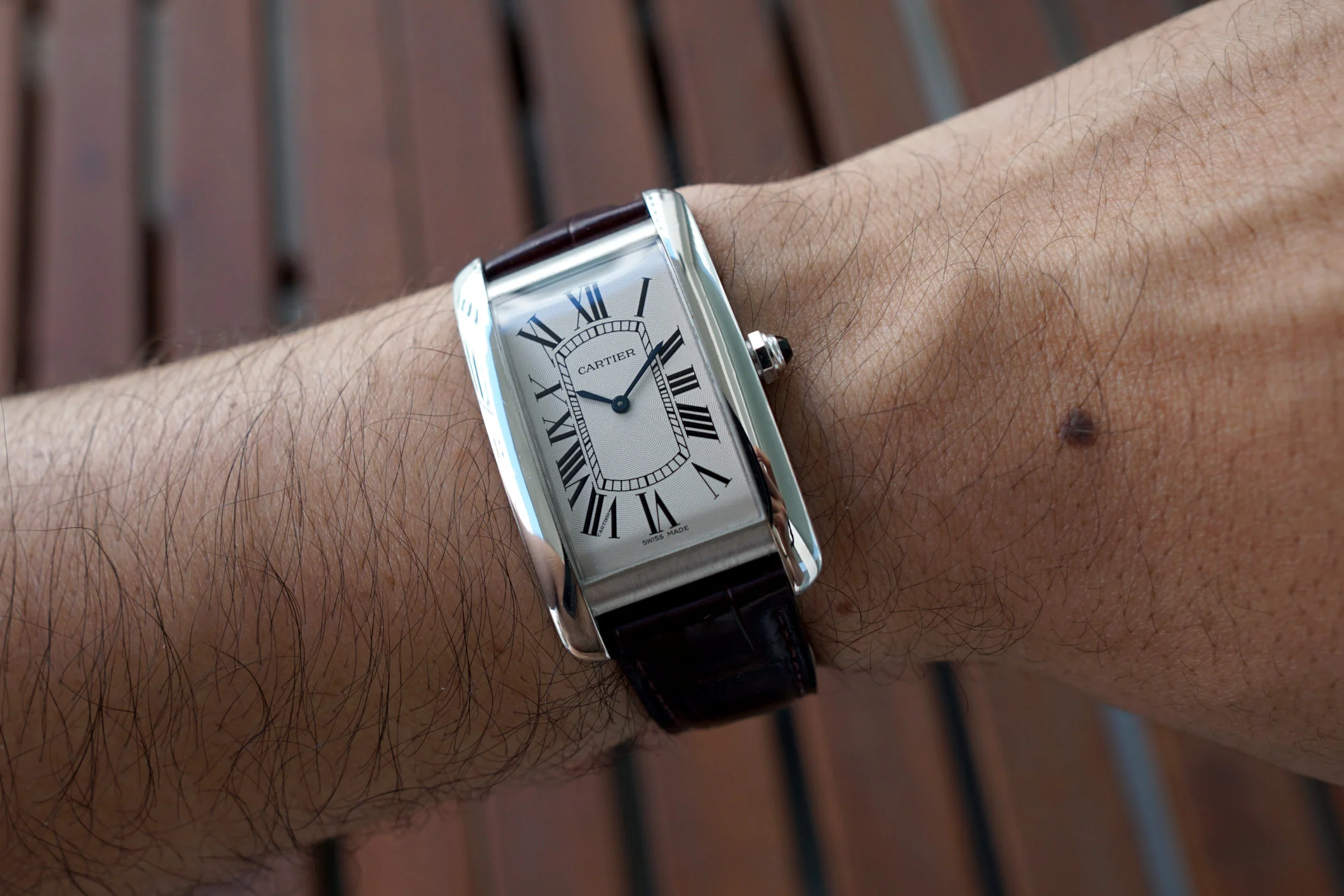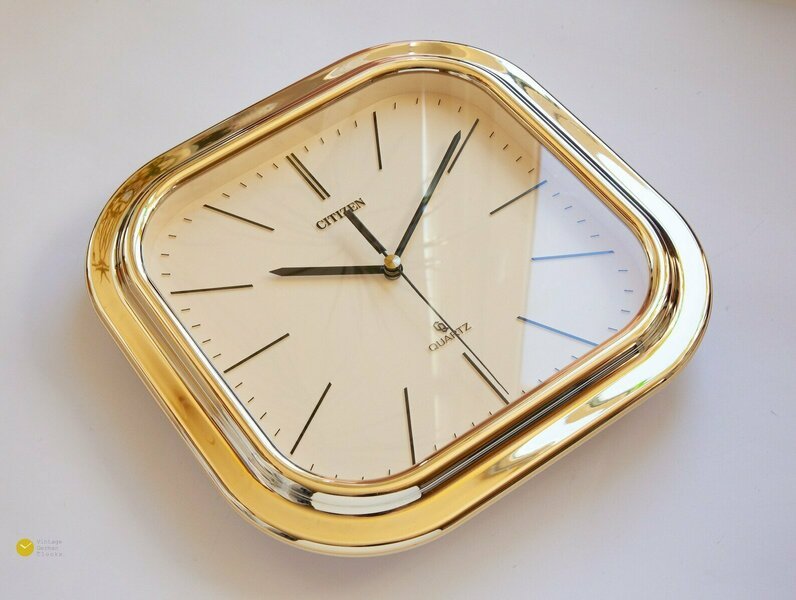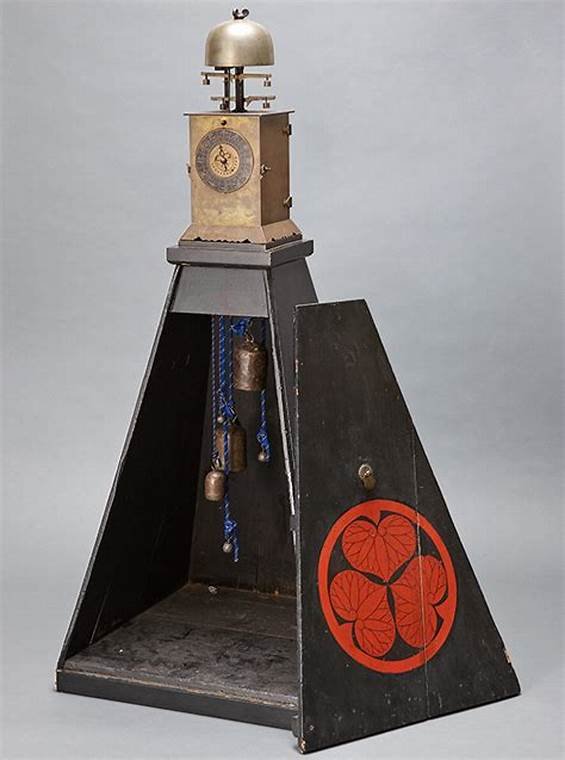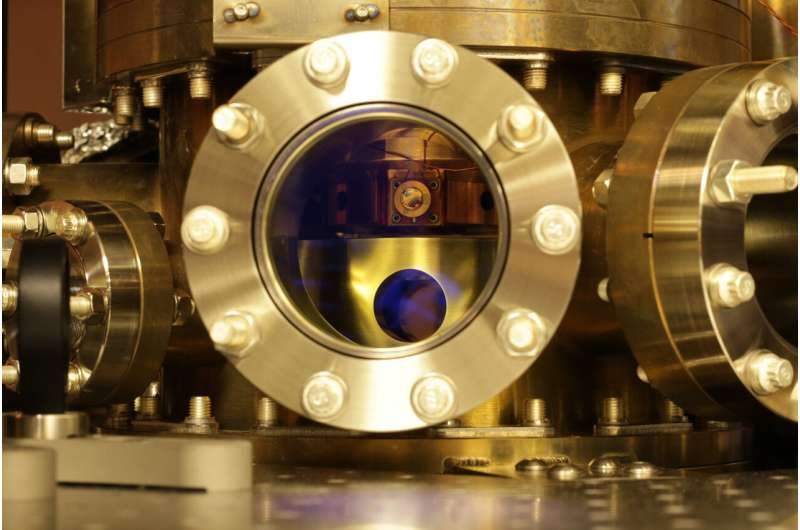Unique Aesthetic Elements of Japanese Clocks
Intricate Craftsmanship
Artistic Detailing: Japanese clocks are renowned for their meticulous craftsmanship. Features such as hand-carved wooden cases, elaborate lacquer work, and intricate metalwork set them apart from other timepieces. American collectors are drawn to these details for their artistry and precision.
Cultural Influences: Many Japanese clocks incorporate elements of traditional Japanese art, such as floral motifs, landscapes, and symbolism. These designs offer a glimpse into Japanese culture, making them particularly appealing to collectors interested in cultural artifacts.
Fusion of Tradition and Innovation
Traditional Techniques: Japanese clockmakers often blend traditional techniques with modern innovations. This fusion results in timepieces that reflect both historical artistry and contemporary functionality. American collectors appreciate this balance, valuing both the historical and practical aspects of Japanese clocks.
Modern Advancements: Recent advancements, such as quartz movements and smart features, have been integrated into traditional Japanese designs. These modern enhancements add functionality without compromising the clock’s classic aesthetic, attracting collectors who value both form and function.
Historical Influence on American Collectors
Early Introductions
Japanese Imports: Japanese clocks began to gain popularity in the United States in the late 19th and early 20th centuries. Early imports, including mechanical and pendulum clocks, introduced American collectors to Japanese craftsmanship and design.
Cultural Exchange: The influx of Japanese clocks coincided with a broader cultural exchange between Japan and the United States. American collectors developed an appreciation for Japanese art and design, which extended to their interest in Japanese timepieces.
Mid-20th Century Innovations
Quartz Revolution: The introduction of quartz technology in the 1960s, particularly by Seiko, brought Japanese clocks to the forefront of innovation. American collectors were intrigued by the precision and reliability of quartz movements, leading to increased interest in Japanese timepieces.
Design Evolution: During this period, Japanese clockmakers began to incorporate modern design elements into their traditional styles. This evolution captured the attention of American collectors seeking unique and contemporary additions to their collections.

The Enduring Appeal of Japanese Clocks
Collectibility Factors
Rarity and Exclusivity: Many Japanese clocks, particularly antique or limited-edition models, are considered rare and exclusive. Collectors value these timepieces for their uniqueness and historical significance, often seeking them out for their rarity.
Quality and Craftsmanship: The high quality of Japanese clockmaking, including precision engineering and artistic design, continues to attract American collectors. The craftsmanship involved in creating Japanese clocks ensures their lasting appeal and desirability.
Market Trends
Growing Demand: The market for Japanese clocks among American collectors has grown, driven by an increasing appreciation for Japanese design and craftsmanship. Collectors are actively seeking both historical and modern Japanese timepieces to add to their collections.
Auction and Sale Prices: Japanese clocks, especially those from renowned makers like Seiko, Citizen, and Takano, often command high prices at auctions and sales. The demand for these timepieces reflects their value and the enduring interest of American collectors.
Influences on American Clock Design
Design Inspiration
Japanese Aesthetics: The influence of Japanese clock design can be seen in American clockmaking, with some designers incorporating elements such as minimalism, clean lines, and natural materials. This cross-cultural exchange has enriched American clock design, blending Eastern aesthetics with Western functionality.
Technological Integration: The integration of quartz and smart technologies into American clocks reflects the impact of Japanese innovations. American clockmakers have adopted similar advancements, demonstrating the influence of Japanese technology on the industry.
Cultural Impact
Appreciation for Japanese Art: The popularity of Japanese clocks has contributed to a broader appreciation for Japanese art and culture in the United States. Collectors and enthusiasts often explore Japanese aesthetics beyond clocks, including in areas such as fine art, architecture, and design.
Educational Influence: The interest in Japanese clocks has led to increased educational opportunities and resources for American collectors. Museums, exhibitions, and scholarly articles on Japanese clockmaking provide valuable insights and foster a deeper understanding of this art form.
Conclusion
The impact of Japanese clock design on American collectors is profound, reflecting a deep appreciation for craftsmanship, aesthetic beauty, and cultural significance. From early imports to modern innovations, Japanese clocks have captured the interest of collectors through their unique design elements and historical value. The ongoing influence of Japanese timepieces on American clockmaking and design underscores the enduring appeal of this cross-cultural exchange.



